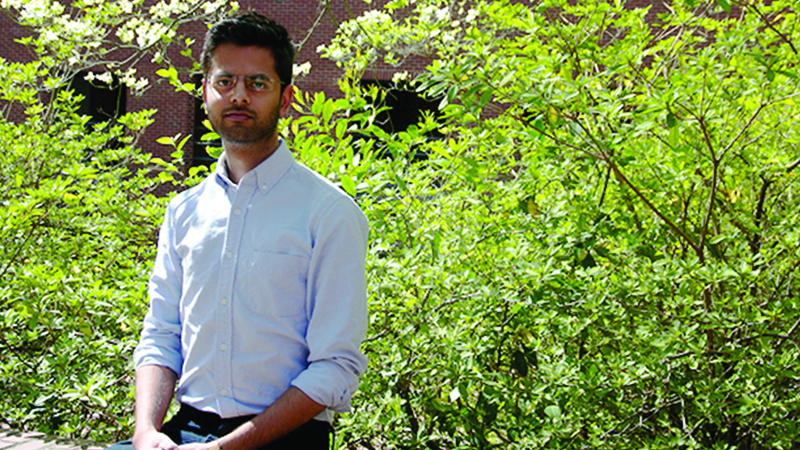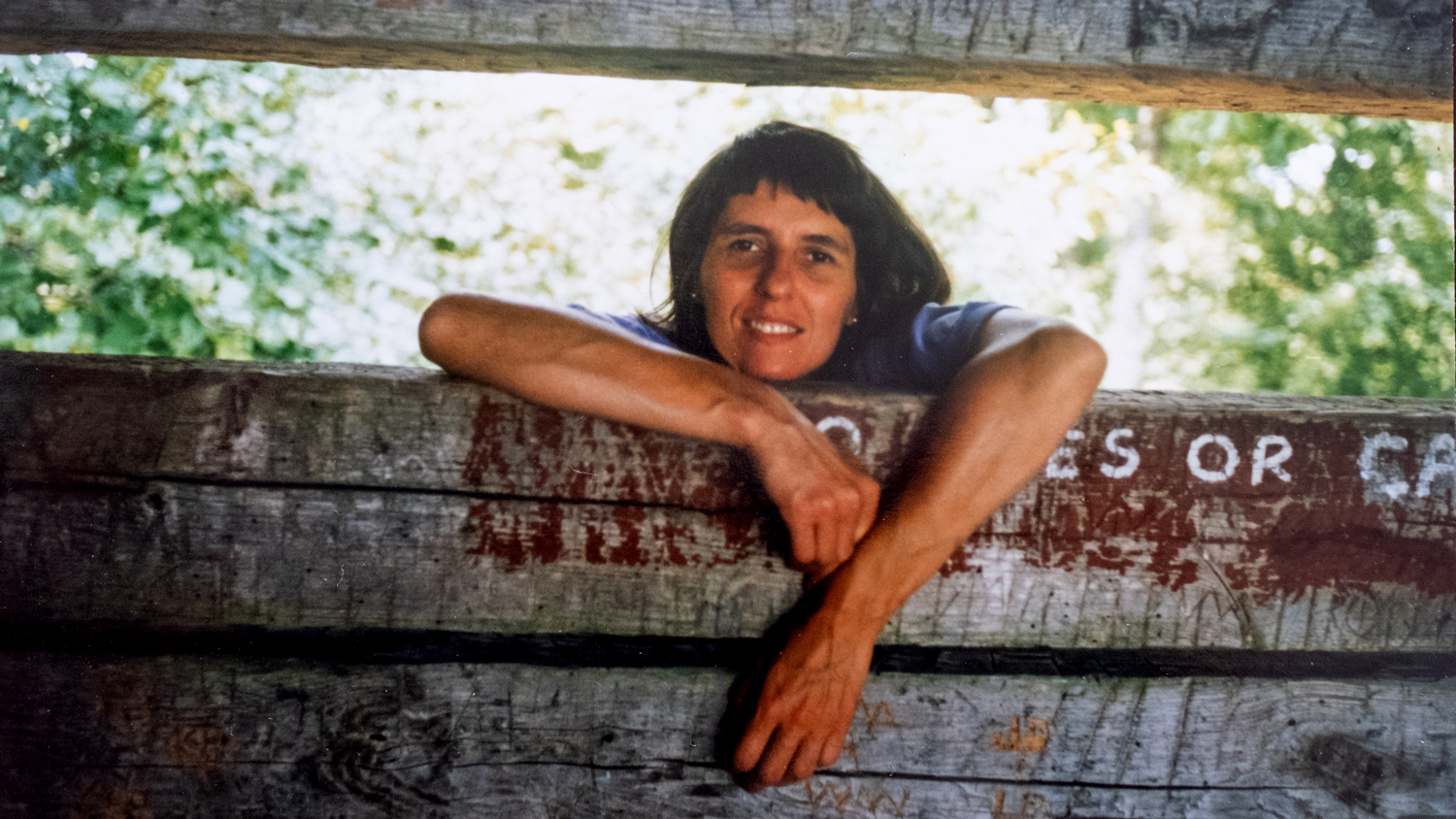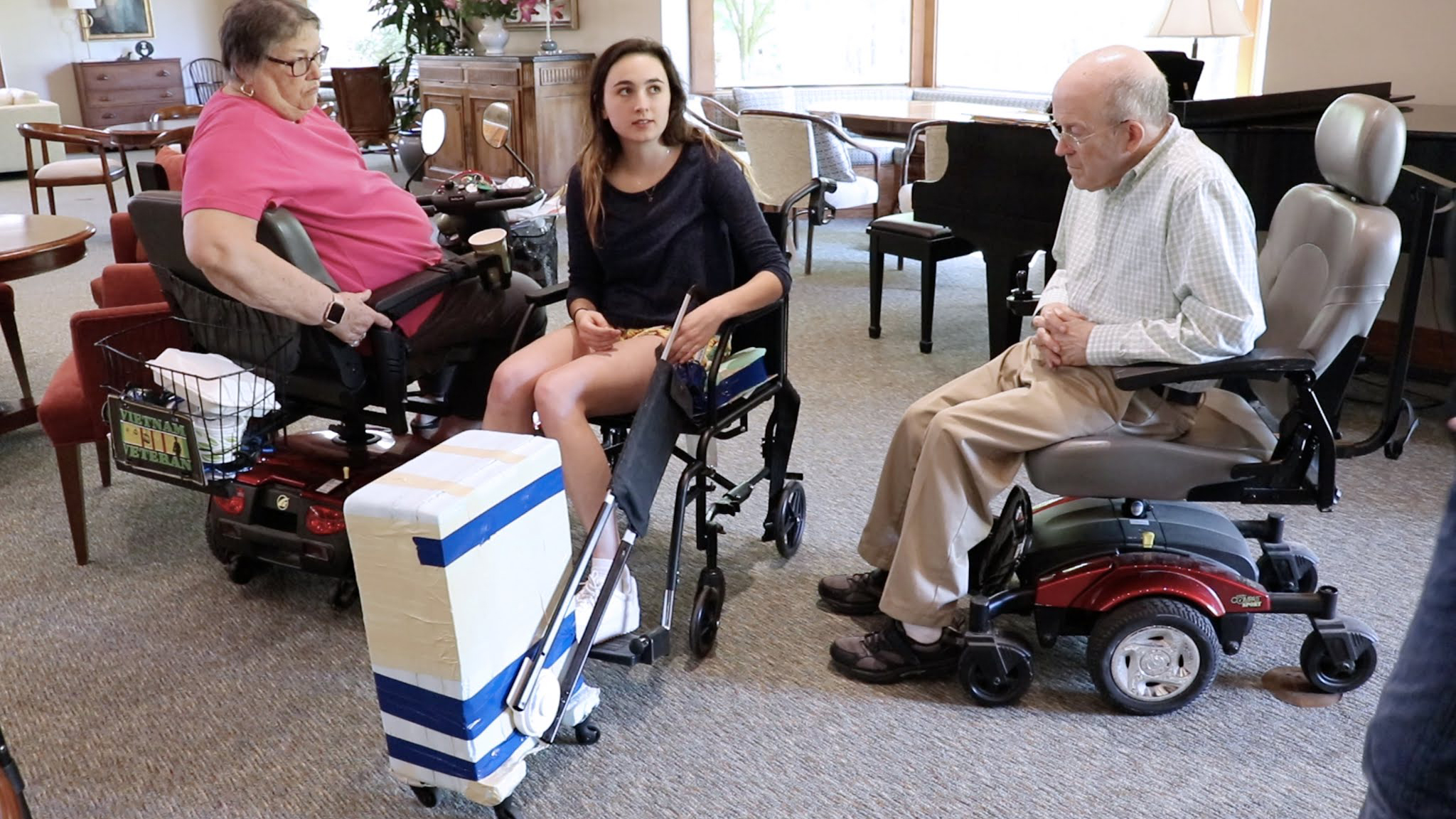The Art of Coding

Payod Panda [’16 MGD] spends a lot of time thinking about the synthesis of engineering and graphic design—after all, he holds a degree in mechanical engineering from the National Institute of Technology Calicut in India (2013) and recently completed his master’s in graphic design at NC State.
“Engineering and design have a lot in common. The people who go for these disciplines think differently, but engineering is design, except a designer thinks about the aesthetics and engineers think about the function,” he says.
He has always been intrigued by how these two fields overlap and maintain differences—and just about anything in between. “When I was in high school I was really into art and coding. I was interested in too many things. I love mathematics, programming, art, and am curious about everything.” This led him to the College of Design for graphic design. “Right now, I feel like I’m actually using many of my loves, which I was not able to do in engineering.”
While a student, Panda worked for the NCSU Libraries as a designer and a Code + Art Program Assistant, which he loved. “It was a great experience working with the Digital Library Initiatives (DLI). This opportunity exposed me to people from other departments, students, professors, and people working in various NCSU divisions such as DELTA (Distance Education and Learning Technology Applications).” In this role, he was responsible for working with content for the various digital walls located in the James B. Hunt Jr. Library and working on the direction and support for the inaugural Code + Art Student Visualization Contests (2015).
The Code + Art Student Visualization Contest through the libraries is intended to encourage students to create large-scale, data-driven “generative art” for the twenty-foot wide display wall at the entrance to the Hunt Library and for the large curved screen in the iPearl Immersion Theater. Panda was instrumental in developing guidelines and working with contestants, and was also a judge in the 2016 competition.
“This was also one of the reasons I got interested in my thesis topic,” Panda says.
“I was interested in developing a tool based on teaching designers to understand the basics of coding. In the 2015 Code + Art competition, we only saw computer science students submit content, and absolutely no participation from the College of Design. I learned how important it is for a designer to have at least a basic understanding of how stuff works when working with a computer scientist,” said Panda.
For his thesis, Panda decided to bridge his interests and develop a set of visualizations to serve as a learning tool to help designers understand programming. This Three-Dimensional Visual Program Language (3D VPL) is intended to help designers expand their existing toolset to allow them to design for future applications of technology. Through research and hands-on experimentations, Panda was able to determine that standard syntax-based instruction was not an effective way for designers to learn. As visual thinkers, design students are more comfortable working ‘within’ the space rather than a text-only environment. This perception, he says, is one of the fundamental differences between a designer and an engineer.
Panda believes his project will “lower the barrier of entry to programming for designers and visual thinkers.” His 3D VPL introduces college-level design students to programming. While serving as a teaching assistant (TA) for Associate Professor of Graphic Design Dr. Derek Ham’s introductory programming class for designers, Panda observed students tasked with learning programming. He realized his project would allow students to manipulate code blocks in three-dimensional space to build simple applications. His TAship provided observational research and discovery for his thesis. “During classroom activities, a visual approach to explaining programming concepts was met with a better response than a text-based or oral approach,” Panda states. He saw this as support for his theory that designers learn better through visual connections.
Ham served as Panda’s chair for his thesis project and has been an influential supporter and mentor. “Dr. Derek is great. He is interested in how people such as programmers and designers think differently. He really wants to expand the idea of design thinking and coding and make it available to everyone,” Panda states. “His thesis was actually similar to mine, and I was thrilled to have him on my committee.”
Panda’s thesis project is intended to be a supplemental tool so design students can learn to concept and empower their ways of thinking and what Panda refers to as “allowing them to think for themselves.” His visualization of programming constructs covers the basics of programming language such as variables, looping structures, condition statements, and condition loops in a way that allows participants to build upon each lesson.
Programming constructs are like the building blocks of coding. When you are writing a program, there are various ways to control the flow, which is simply a string of statements that are in a specific sequence or order. “Engineers think in perfection, designers don’t think in perfection,” he continues, “we [as designers] talk about slow and fast, not two and 10, like an engineer. Engineers and designers don’t think alike, and I’m trying to bridge the gap of the thinking process between them.” For an engineer, the timing of something is discussed in terms of growing at .1 meter second per square to represent how something is moving or growing in more than one direction. Panda doesn’t believe that these things have to make sense to a designer, and it’s the syntax of the coding language that discourages or holds back a designer.
“It is really important for designers to start thinking about coding because as technology and mediums are being introduced, it is critical for designers to ‘design’ these tools and applications. In order for this to happen, they need to understand them. Designers need to pave the way to show the world that this new medium can be used to improve the experience—if we leave it to engineers or coders, there will just be a lot of windows and non-user experience interests. We need designers to lead the conversation rather than sit back and present mock-ups—to lead the new media in the right direction.”
- Categories:


